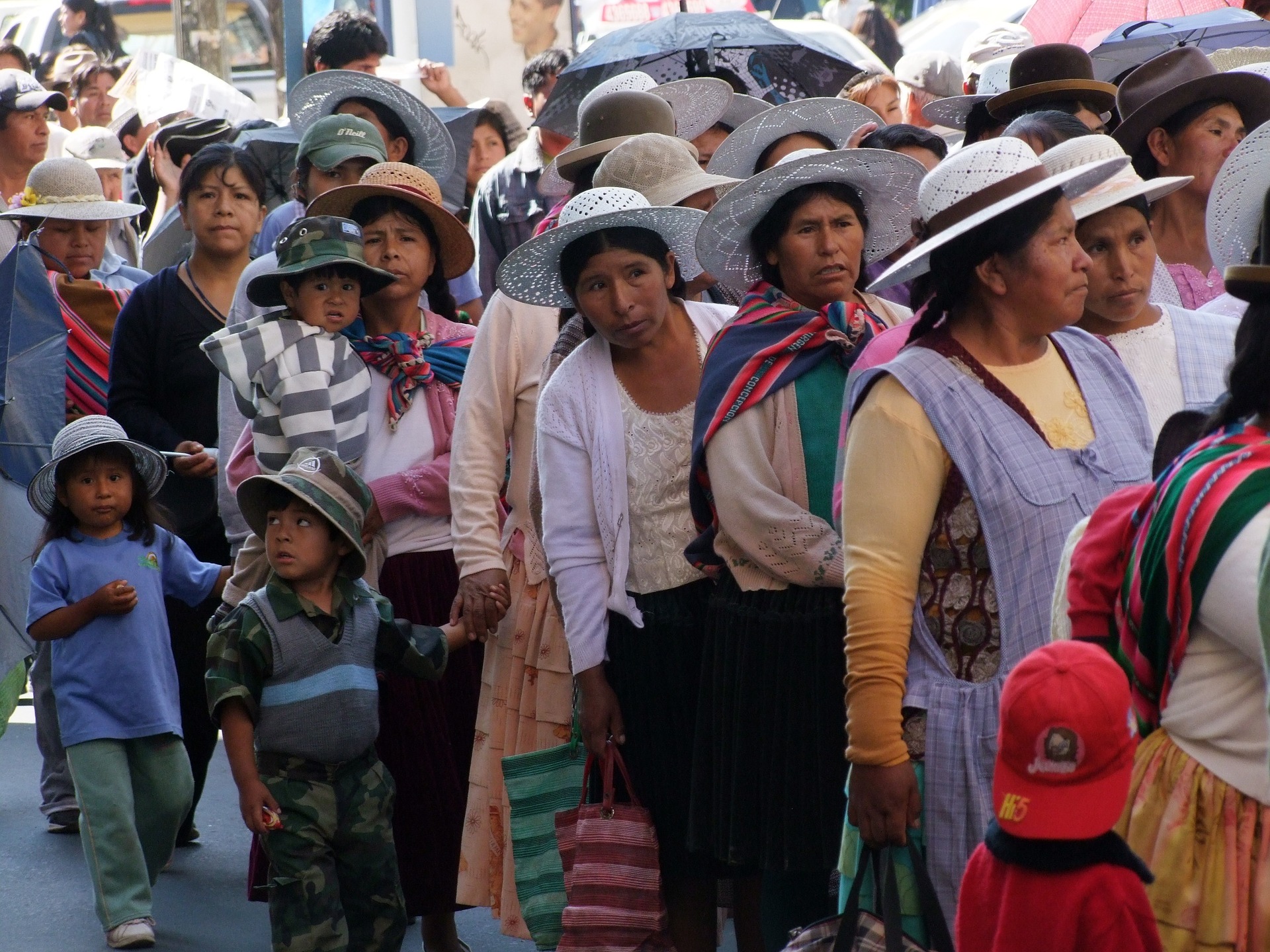 Ranked the third-highest after Western Europe and North America, Latin America has an average gender gap of 29%. Many Latin American countries are seeing improvements in education, healthcare and shortening the gender gap. According to the World Economic Forum in their Gender Gap Report for 2020, Nicaragua was ranked 5th globally, with 80% of its gender gap closed. On the lower-ranking end of the gender gap in Latin America, Guatemala and Belize have closed 66% and 67% of their gap, respectively. While these percentages are promising, the current COVID-19 pandemic poses a threat to gender equality.
Ranked the third-highest after Western Europe and North America, Latin America has an average gender gap of 29%. Many Latin American countries are seeing improvements in education, healthcare and shortening the gender gap. According to the World Economic Forum in their Gender Gap Report for 2020, Nicaragua was ranked 5th globally, with 80% of its gender gap closed. On the lower-ranking end of the gender gap in Latin America, Guatemala and Belize have closed 66% and 67% of their gap, respectively. While these percentages are promising, the current COVID-19 pandemic poses a threat to gender equality.
Looming COVID-19 Crisis
Decades worth of progress toward eliminating the gender gap in Latin American could potentially reach a halt or decline with the impending COVID-19 pandemic. Since the onset of the pandemic, stay at home orders have caused an increase in domestic violence. A few examples from Latin America expose the enormity of the issue. In Colombia, the domestic violence helpline has risen by 9%, and by 36% in Mexico. Also, Santa Cruz de la Sierra, a city in Bolivia, has reported the highest number of cases of both domestic violence and COVID-19. The issue is exacerbated as women avoid reaching out to health services in fear of getting the virus.
The other obstacle COVID-19 leads to is losses in jobs, more specifically, the availability of jobs for women. According to the World Bank’s Gender Dimensions of the COVID-19 Pandemic brief, women engaged in informal work such as self-employment and domestic works are unable to receive unemployment insurance. Since COVID-19 has restricted travel, Latin American countries that depend on retail, hospitality and tourism will see half of their working population lose jobs. Additionally, the effects of COVID-19 will force women to stay at home to care for children and the elderly, thus reducing working time and possibly excluding them from the labor market.
Lastly, the COVID-19 crisis will cause setbacks to efforts to reduce teen pregnancy. The shift in resources can interfere with health services for women and girls, including reproductive and sexual health services and family planning. In similar crises, lack of critical resources led to a surge in teen pregnancy and maternal mortality. Although COVID-19 causes a lot of complications surrounding the future of gender equality, there are actions regarding the gender gap in Latin American that governments and institutions such as the World Bank and the United Nations can take to continue progressive efforts.
Thus, The World Bank has outlined the following four methods to approach gender equality.
- Improving Quality of Life: Latin American countries need to reduce teen pregnancy and maternal mortality, improve water and sanitation services, secure women’s access to healthcare and close educational gaps. The World Bank Group (WBG) supports removing negative gender stereotypes in curriculums and is helping train teachers to create classroom environments that encourage inclusivity. The WBG is also backing programs aimed at supporting girls to enter STEM fields.
- Increasing Female Employment: Latin American countries should change gender norms about career choices, provide adequate child care services, create connections for women entrepreneurs and allocate time-saving resources. In Mexico, the WBG partnered with the National Institute of the Entrepreneur to devise and evaluate the institute’s first national program to promote female entrepreneurs, Women Moving Mexico. The pilot was launched in five states and “provided close to 2,000 women with a mix of hard skills (better management and business literacy), and soft skills (behaviors for a proactive entrepreneurial mindset)”.
- Removing Barriers to Women’s Financial Independence: The WBG supports efforts to provide land and property titles to women and to increase access to capital and financial services. In partnership with indigenous women’s organizations in Panama, the WBG designed a pilot intervention in six indigenous communities. The pilot supports training designed for indigenous women, technical assistance for women’s producer organizations and financial inclusion through the founding of community banks and financial management training.
- Enhancing Women’s Voice & Agency and Engaging Men and Boys: Latin American countries can support gender equality by acknowledging a woman’s right to control her own life. For example, giving women control over income and the capacity to move freely and have a voice in society, including the ability to “influence policy and family formation, and have freedom from violence.”
Bettering COVID-19 Response
The United Nations has also developed a response to the pending COVID-19 and its effect on gender equality. The U.N. seeks to recognize the “impact of COVID-19 on women and girls and ensure a response that addresses their needs and ensures that their rights are central to strengthening prevention, response and recovery efforts.” Institutions like the World Bank and the United Nations make it possible for girls and women in Latin America to aspire for more for themselves in education and career, despite the current setbacks prompted by COVID-19. Within the next couple of years, the gender gap in Latin America could be significantly reduced by promoting women’s rights and giving them access to education and career opportunities.
– Mia Mendez
Photo: Pixabay
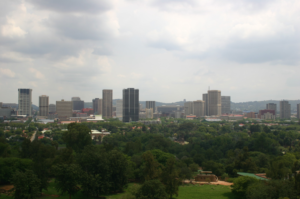 The battle against poverty has always been a difficult one, but the novel coronavirus pandemic has presented many new challenges. Actions currently being taken to combat South African poverty and COVID-19 have proven that, with new options and renewed commitments, there is still much that can be done to alleviate poverty. Impoverished people around the world need aid now more than ever.
The battle against poverty has always been a difficult one, but the novel coronavirus pandemic has presented many new challenges. Actions currently being taken to combat South African poverty and COVID-19 have proven that, with new options and renewed commitments, there is still much that can be done to alleviate poverty. Impoverished people around the world need aid now more than ever.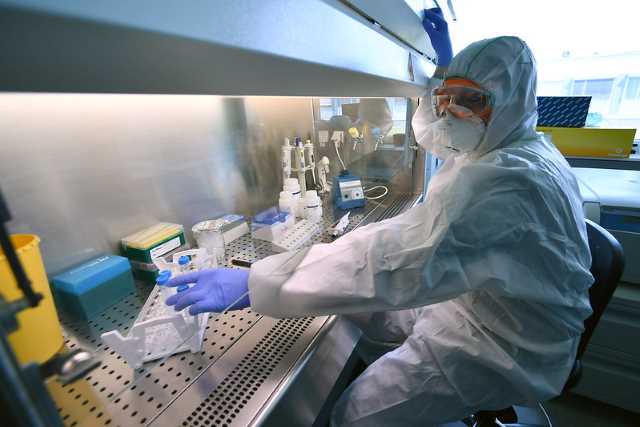 Accurate and efficient virus detection is needed now more than ever. In areas like Africa, one of the most prevalent diseases is the viral disease of HIV/AIDS. Thousands of people die every year due to viral diseases like HIV/AIDS and even the seemingly harmless flu. The most recent of viruses is COVID-19, the rapidly spreading virus that has led to a global pandemic. CATCH technology for virus discovery provides hope for a less disease-stricken future.
Accurate and efficient virus detection is needed now more than ever. In areas like Africa, one of the most prevalent diseases is the viral disease of HIV/AIDS. Thousands of people die every year due to viral diseases like HIV/AIDS and even the seemingly harmless flu. The most recent of viruses is COVID-19, the rapidly spreading virus that has led to a global pandemic. CATCH technology for virus discovery provides hope for a less disease-stricken future.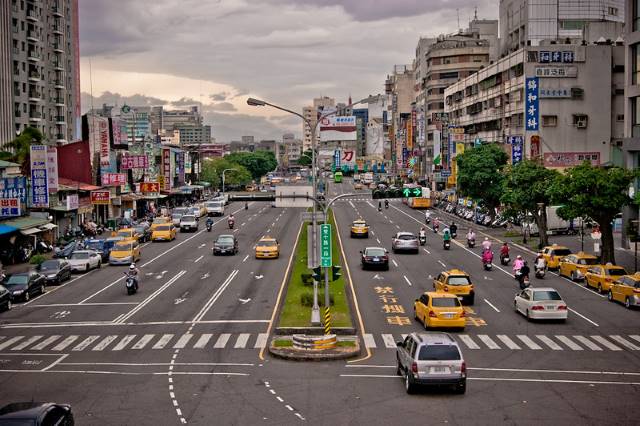 With a population of approximately 23 million people and a location that is in close proximity to China, epidemiologists expected that Taiwan would be the next epicenter of the COVID-19 pandemic. After having
With a population of approximately 23 million people and a location that is in close proximity to China, epidemiologists expected that Taiwan would be the next epicenter of the COVID-19 pandemic. After having 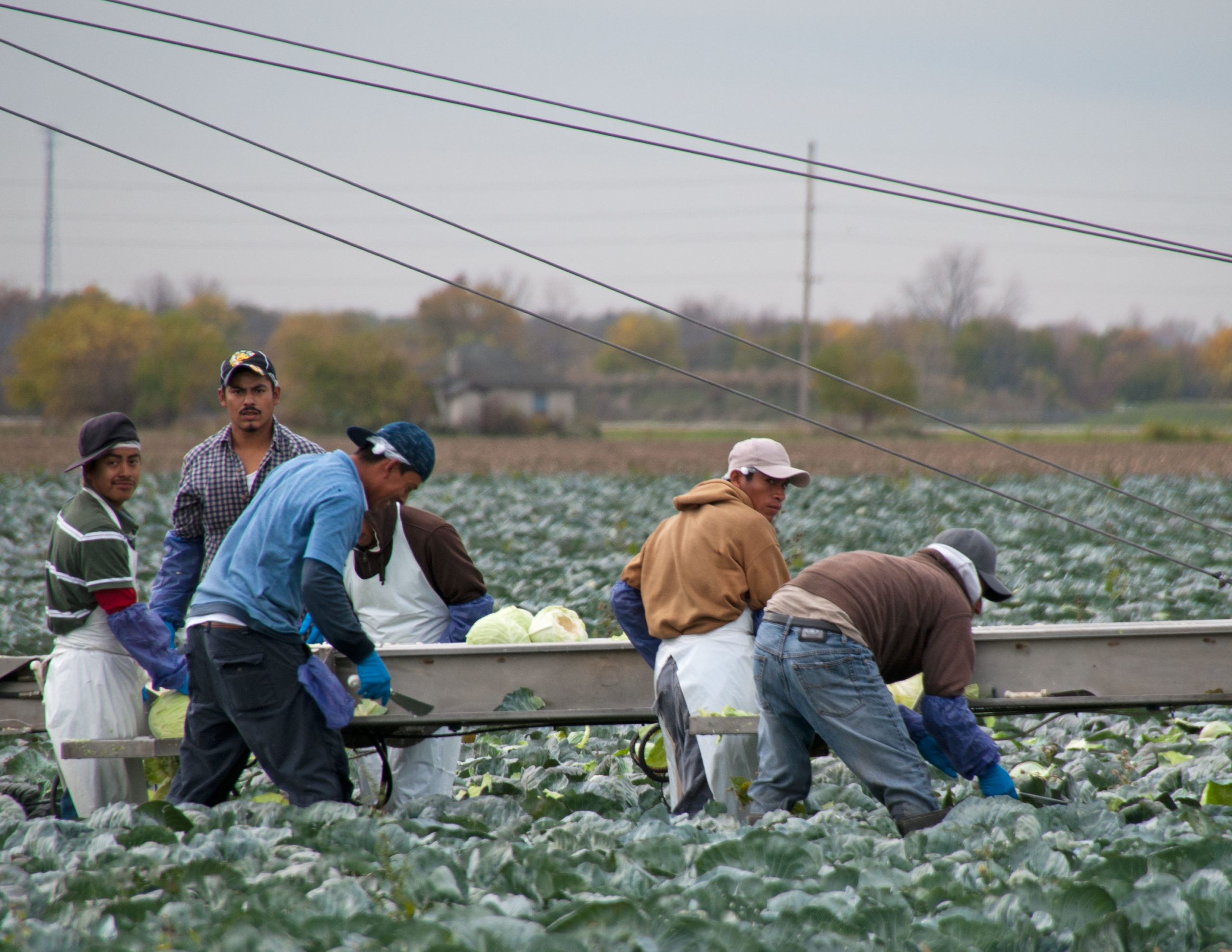 Over the past several months, there have been many media stories about how the ongoing pandemic has impacted the American economy, as well as many others around the world. Any reader is likely aware of how harmful the crisis has been to many working- and middle-class people in America. One group that has not received as much attention, however, are migrant workers. Not only have migrant workers been made more vulnerable than usual in the current climate, but their struggles have also intersected with poverty on a global scale.
Over the past several months, there have been many media stories about how the ongoing pandemic has impacted the American economy, as well as many others around the world. Any reader is likely aware of how harmful the crisis has been to many working- and middle-class people in America. One group that has not received as much attention, however, are migrant workers. Not only have migrant workers been made more vulnerable than usual in the current climate, but their struggles have also intersected with poverty on a global scale.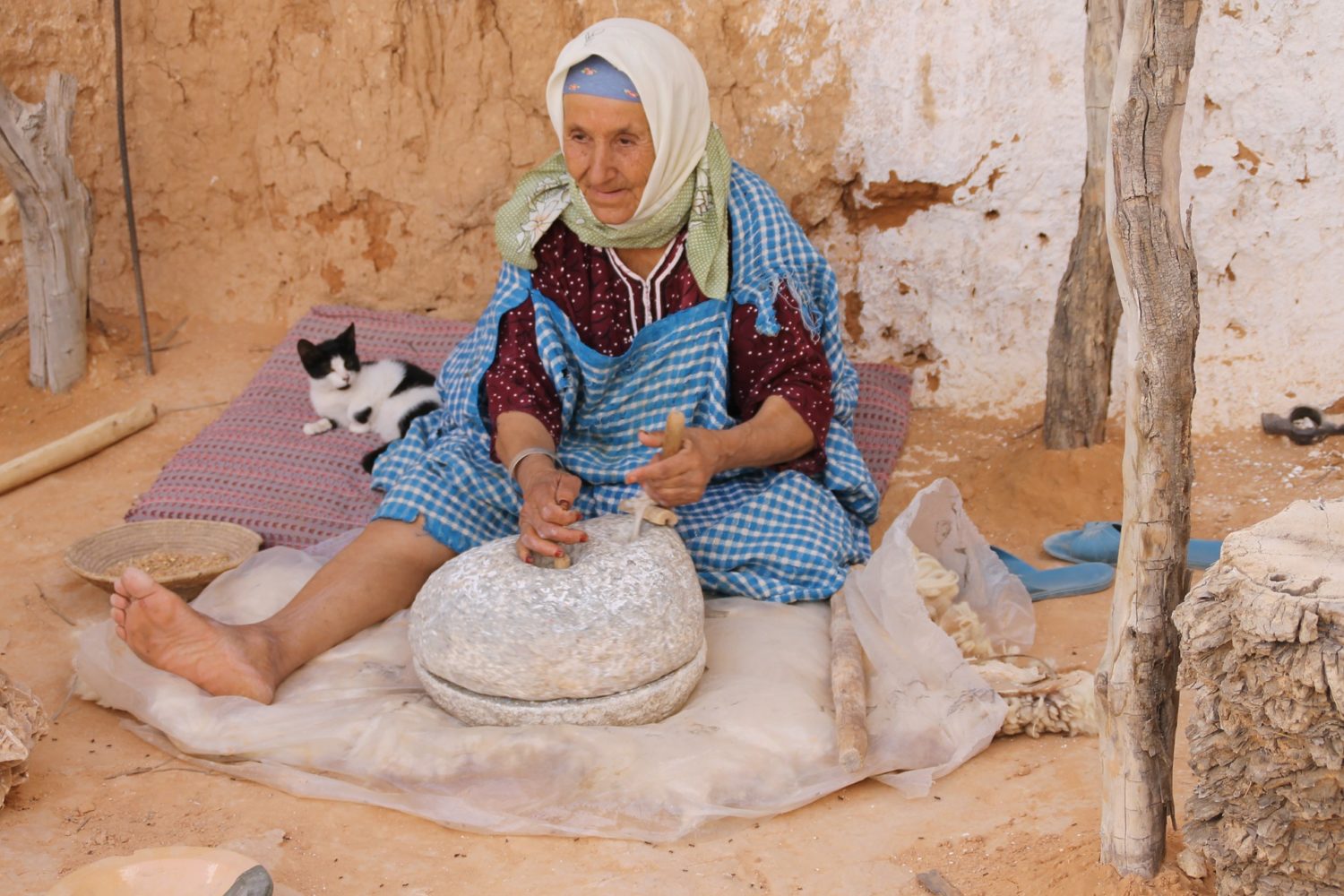 The North African country of Tunisia is sandwiched by two relatively unstable nations, Algeria and Libya. However, Tunisia has had
The North African country of Tunisia is sandwiched by two relatively unstable nations, Algeria and Libya. However, Tunisia has had 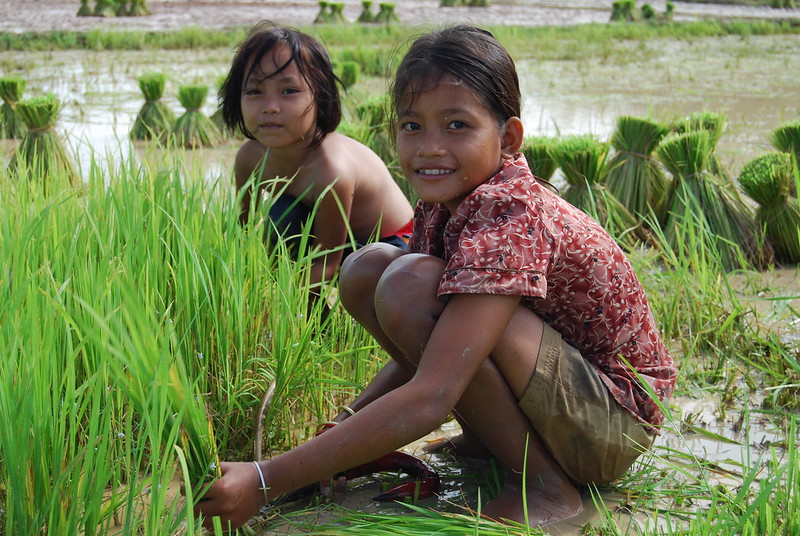 The Asian Development Bank (ADB), which was established in 1966, attempts to alleviate poverty in Asia by funding numerous
The Asian Development Bank (ADB), which was established in 1966, attempts to alleviate poverty in Asia by funding numerous  Since the first diagnosis of COVID-19, the virus has spread to
Since the first diagnosis of COVID-19, the virus has spread to 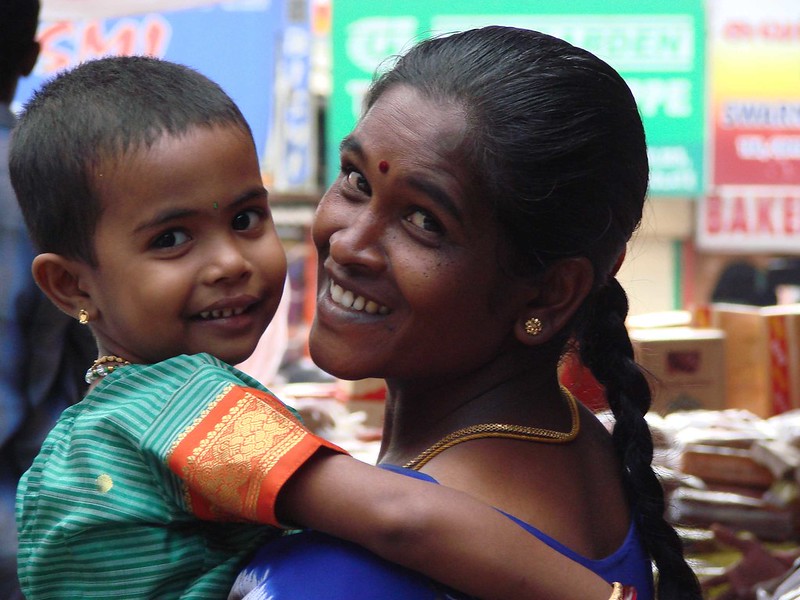 The South Indian coastal state of Kerala has a population of over 35 million people and a large expatriate population. The state reported its first COVID-19 case in January 2020. Kerala’s response to COVID-19 included
The South Indian coastal state of Kerala has a population of over 35 million people and a large expatriate population. The state reported its first COVID-19 case in January 2020. Kerala’s response to COVID-19 included 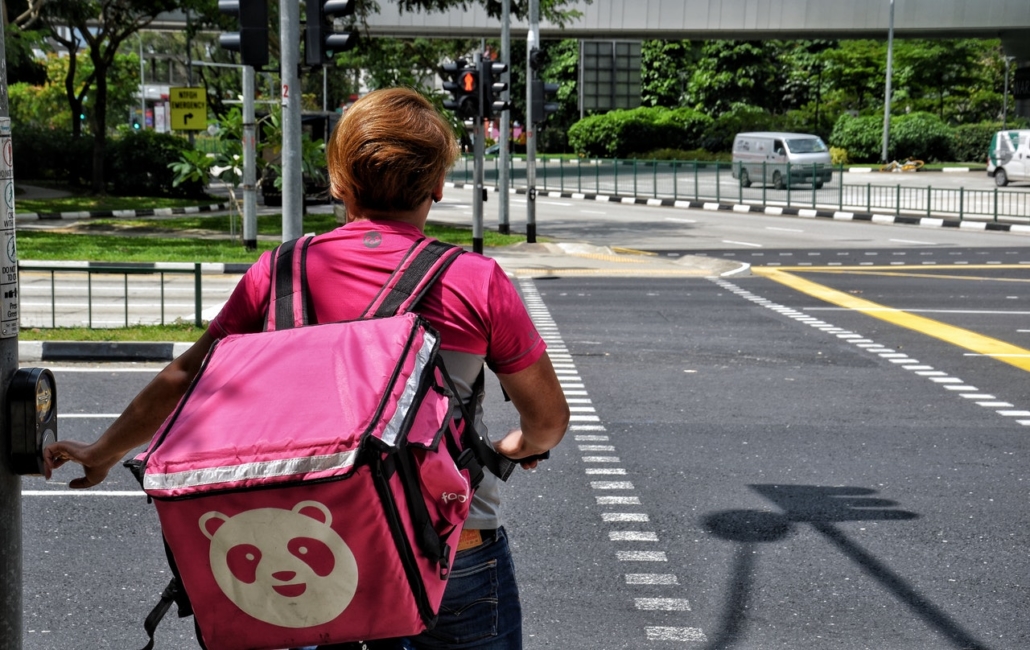 When China was at the peak of its COVID-19 outbreak, unexpected lockdowns affected well over
When China was at the peak of its COVID-19 outbreak, unexpected lockdowns affected well over 